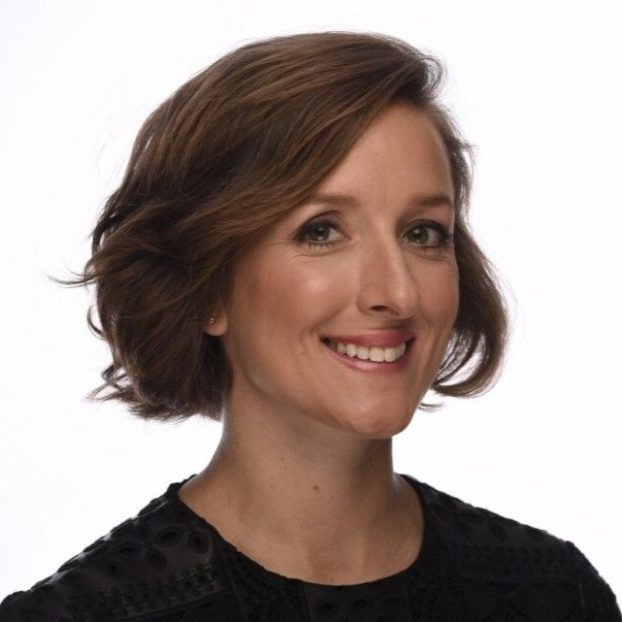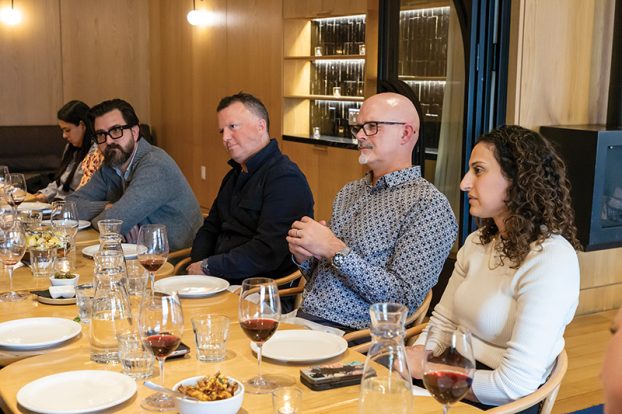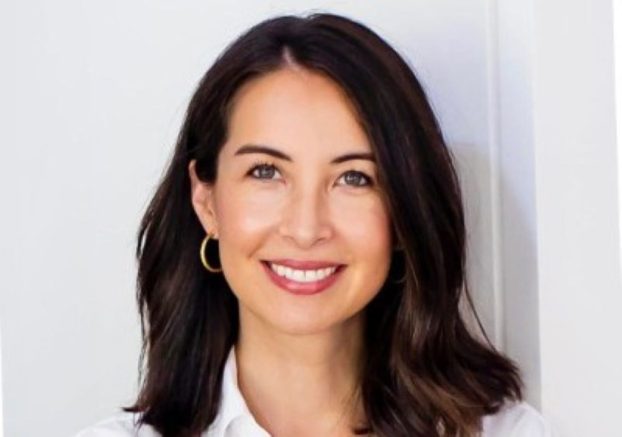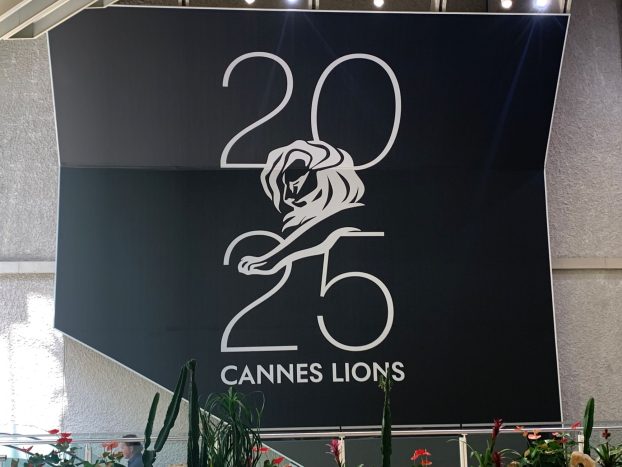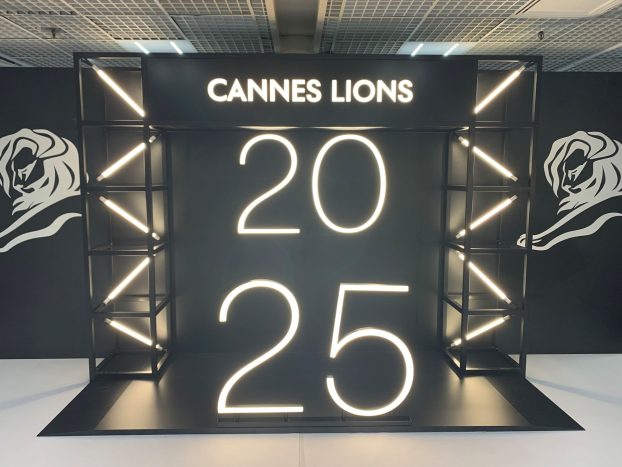When people think of customized ad content, they typically think of television infomercials, or magazine ads that blend in with the editorial around them. Now radio is getting in the act.
There are an increasing number of 30- to 60-second spots that sound almost like regular programming – no give-away jingle or obvious cuts to commercial. Either the station’s on-air host simply evangelizes in low-key fashion for a product, or the advertiser comes on and has a conversation with the host.
The list of advertisers jumping aboard this marketing bandwagon include such varied businesses as Procter & Gamble, Rama, Ont.-based Casino Rama, Gravenhurst, Ont.-based Taboo golf club, Montreal-based Merson Automotive and little guys like Saul Korman of Toronto’s famed menswear store Korry’s Clothiers.
Radio marketing and sales executives are saying the custom approach is growing in popularity. Renée Roth, general sales manager at Mojo 640, says they’re getting more requests for the customized ads and estimates her station has seen a 20% increase in demand over the past five years. ‘Advertisers want a higher profile and sometimes, if you can’t afford to buy a ton of weight, a higher profile [works],’ she says. Adds CFRB’s general sales manager Laurie Graham: ‘It was almost non-existent five years ago.’
Advertisers say the technique is highly effective. ‘We’re going to do as much business in May and June this year as we did in July and August last year – and we had a great July and August,’ says Nigel Hollidge, director of operations for Taboo golf club. Taboo opened for business on the July 1 weekend of last year.
Its spots on Mojo featured Hollidge talking very conversationally to Humble, of the Humble & Fred morning show, about golf and whatever else might have come up – sometimes for more than the allotted 60 seconds. The campaign ran from June to September 2002. Hollidge says Taboo has no plans to revisit the format this year but will likely come back to it in the future.
Taboo did do other advertising last year, including print (Toronto Star, The Globe and Mail and Score magazine) and a sponsorship deal with pro golfer Mike Weir touting Taboo as his home course. But Hollidge says the casual-flavoured Humble & Fred spots were a vital part of the club’s success. ‘Did it result in extra rounds of golf? It would be unfair to give all the credit to Mojo, but I do think it helped us in branding.’
The appeal of this approach is about finding new ways to break through the clutter. ‘It’s always more effective to do [customized advertising],’ observes Jean-Marie Heimrath, president and GM of Toronto-based radio broadcast firm Sound Source. ‘[Regular commercials] become wallpaper after a while.’
Casino Rama is one such example. ‘Like all advertisers, we’re always trying to get more value out of our advertising dollar,’ says Jeff Craik, director, marketing services for the casino. ‘These are the sort of items that we try to integrate into our radio buy to add more effectiveness.’
Casino Rama’s 60-second ‘Rama Report’ features fictional reporter Jack Marshall conversing with the on-air host about upcoming appearances by musical acts. Now in its second year, the spots run on eight Ontario stations, including Oldies 1150 in Hamilton, and CHFI and CFRB in Toronto.
Craik says the report is a ‘great tool’ on two accounts: It allows the casino to respond much more quickly than is possible with traditional ads. ‘If I’ve got a hot new concert announcement because we signed somebody that morning, I can have that on the air within a day and a half.’
Second, it’s useful for reaching people not targeted by direct mail to tell them what’s going on at the casino. The result, says Craik, is that ‘it’s been good for prospecting for people who have never been here.’
Last year Corus Radio produced custom advertising for Procter & Gamble’s IAMS brand dog food, which ran on Q107’s John Derringer morning show, on Mix 99.9 with Carla Collins, and in Montreal on CKMF and CJAD with Ric Peterson. IAMS provided the hosts with dog food, which they fed to their pets for several weeks before endorsing the product.
‘Then as part of what would normally be a 30- or 60-second commercial, they’d just talk about the live experience,’ explains Chris Pandoff, VP of Toronto-based Deep Sky, a Corus Entertainment-owned agency specializing in custom radio programming. ‘It was just a way of incorporating the personality into the process.’
Personality and the nature of the brand is key. For both IAMS and Crest White Strips, another product that received the custom treatment, P&G deliberately went with a ‘celebrity endorsement program,’ using radio as the key medium. These two products are highly personal – one being for pets, which are often treated like members of the family, and the other being tied to self-esteem.
‘The medium and the message have to be personal,’ explains Win Sakdinan, spokesperson for P&G. ‘And that’s why we picked radio DJ advertising – because the personal nature is they’re talking to you on the air.
‘[With IAMS and Crest White Strips] this is a sort of marketing test we’re doing [in Canada] where there is an emotional connection.’
There are likely few personalities on this front stronger than Saul Korman of Korry’s Clothiers. And he’s been doing these kinds of ads for 17 years. His signature spots are true verité – completely unscripted, and in the case of those on CFRB’s Bill Carroll show, done live.
‘I never know what I’m going to say,’ chuckles Korman, who has been in the business of selling fine menswear for 50 years and on the radio for 41.
Korman’s charming, gravelly-voiced ads air on CFRB, Q107, Mojo and The Fan 590. ‘I find these much more effective,’ he says, comparing the interactive, conversational format to traditional spots. ‘It’s [about] awareness and driving sales. If I’m walking through the store, there’s always somebody saying, ‘Hey, you know why I’m here? I’m here because of you, Saul.’
‘I was [at the store] this morning and a gentleman came in and bought a Canali [suit], and he came in because of The Fan.’
In Montreal, local retailer Merson Automotive has worked for the past two years with CHOM-FM morning show host Terri Dimonte, who does 60-second endorsements for the company. ‘They’ve done incredible sales. And they always ask when it’s a new customer, ‘How did you hear about it?” says Jacques Bolduc, general sales manager, Standard Radio Montreal. ‘And a lot of people are saying, ‘Terri sent me. I heard Terri on the air.’ It’s not hard-sell. It works. Obviously, there’s a premium for that,’ he adds.
Indeed, these ‘non-commercial’ commercials aren’t cheap. Deep Sky’s Pandoff says this advertising is typically set on a negotiated basis. Cost is usually three to four times the value of an equivalent, traditional ad.
But Pandoff also notes that custom advertising is still in its infancy and at Deep Sky accounts for less than one-tenth of 1% of business.
‘It will probably become more of a growth area for us,’ says Pandoff. ‘But there are only so many programs you can get involved in. There’s a limit to it.’
The issue is about limiting the amount of selling going on during what appears to be regular program time. It’s a line program directors are anxious to avoid crossing, lest they alienate viewers.
‘If you have too much, the perception of the listener would be, ‘God, do these guys ever stop selling?” adds Sound Source’s Heimrath.
In CFRB’s case, the program director limits the number of endorsements each announcer can do. Indicative of the popularity of the ad form, says Graham, is that ‘most of [the announcers] are at their maximum.’
CRFB currently limits its announcers to one endorsement per hour. Standard Radio Montreal, which operates CJAD, Mix 96 and CHOM FM, limits endorsements to two per personality.
Perhaps not surprisingly, clients’ concerns come from a different direction. When the ads are as unassuming as this kind often are, they can potentially blend in to the point of invisibility as host and client gab away extemporaneously. Says Taboo’s Hollidge, ‘The biggest danger is that the message gets lost. But I can say without any doubt that Humble & Fred didn’t allow that to happen. The message stayed out there.’




